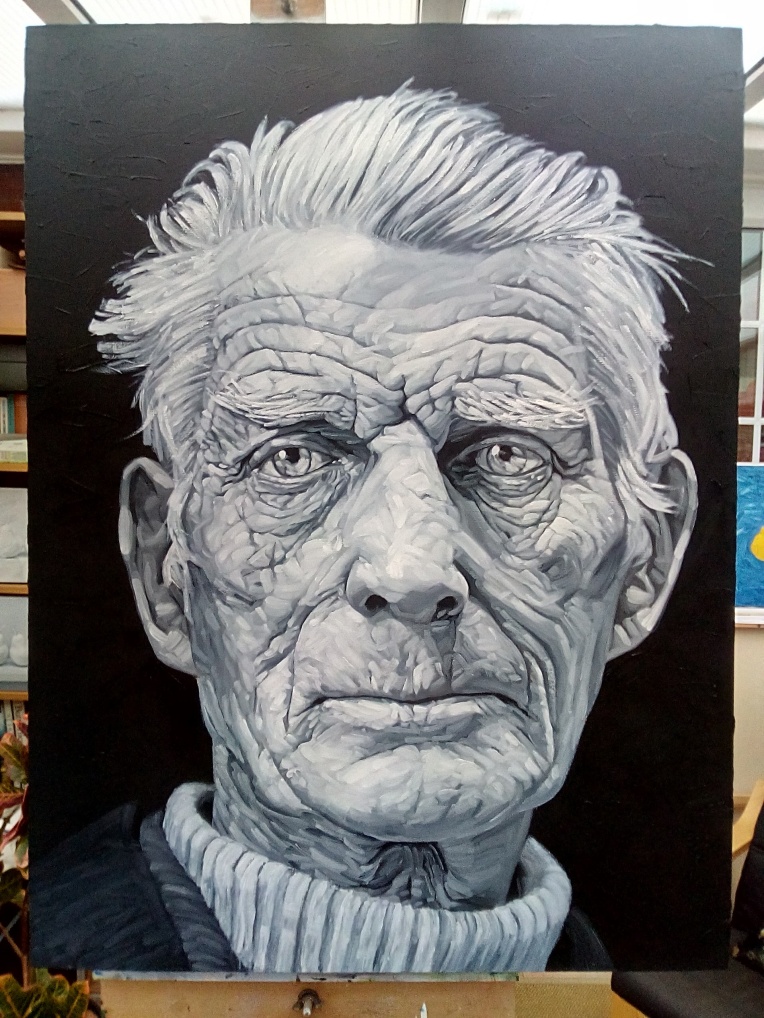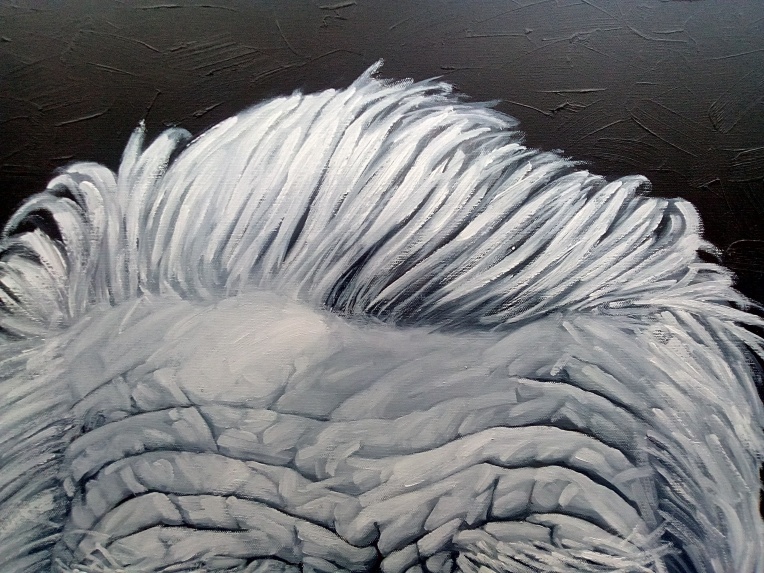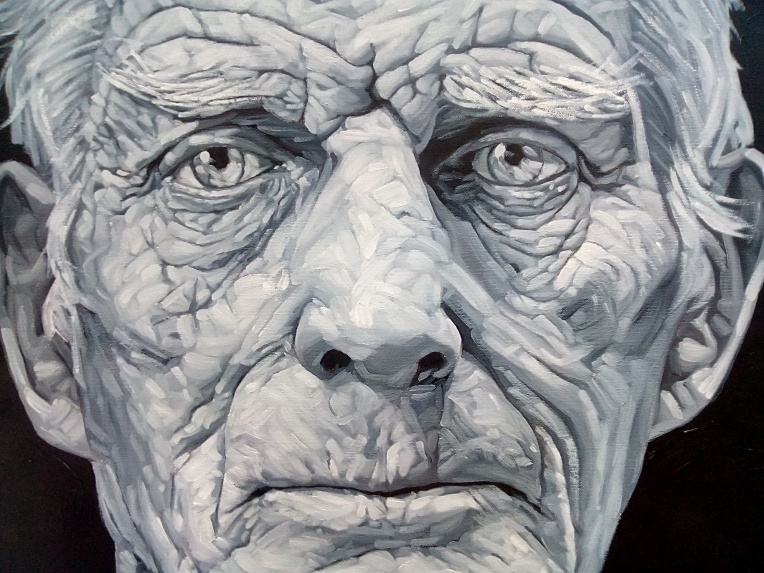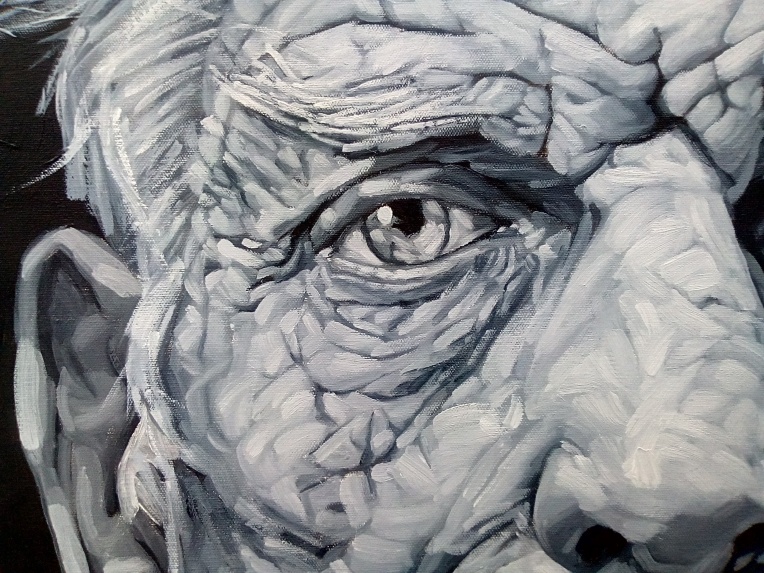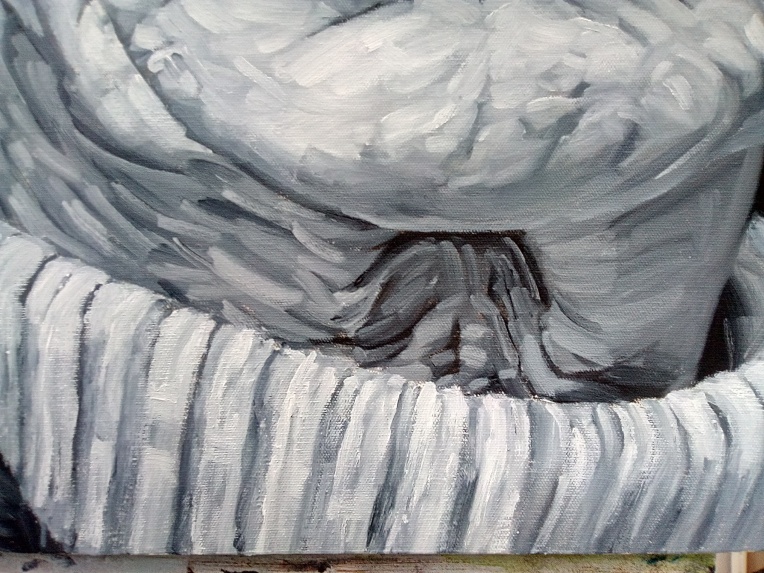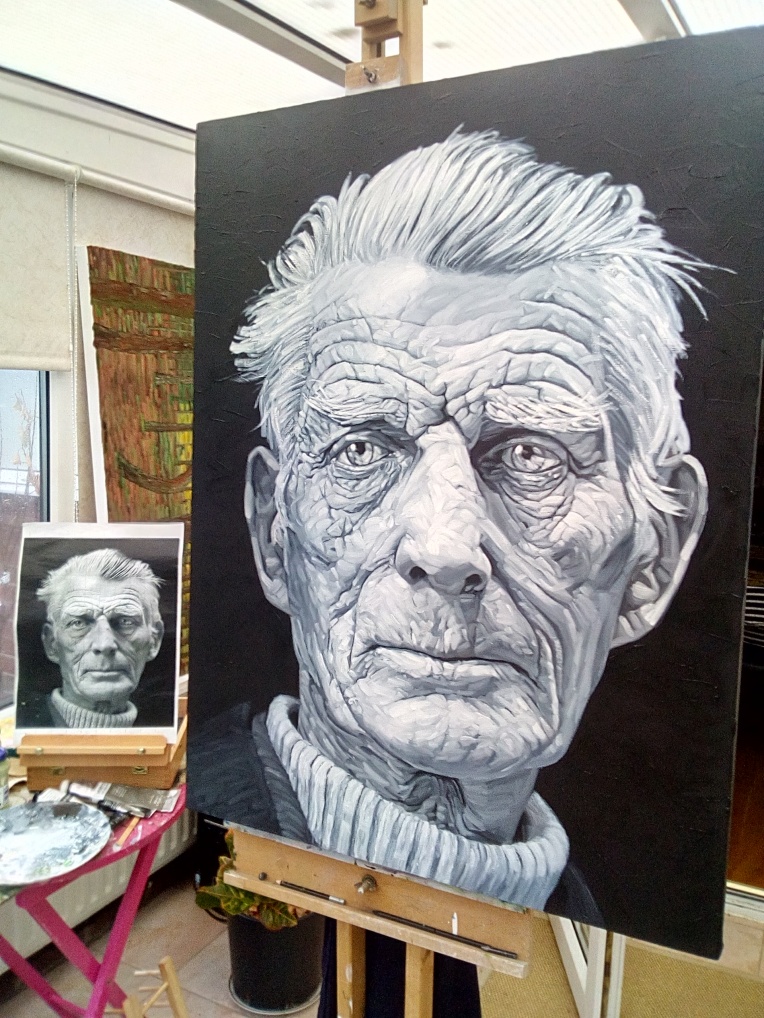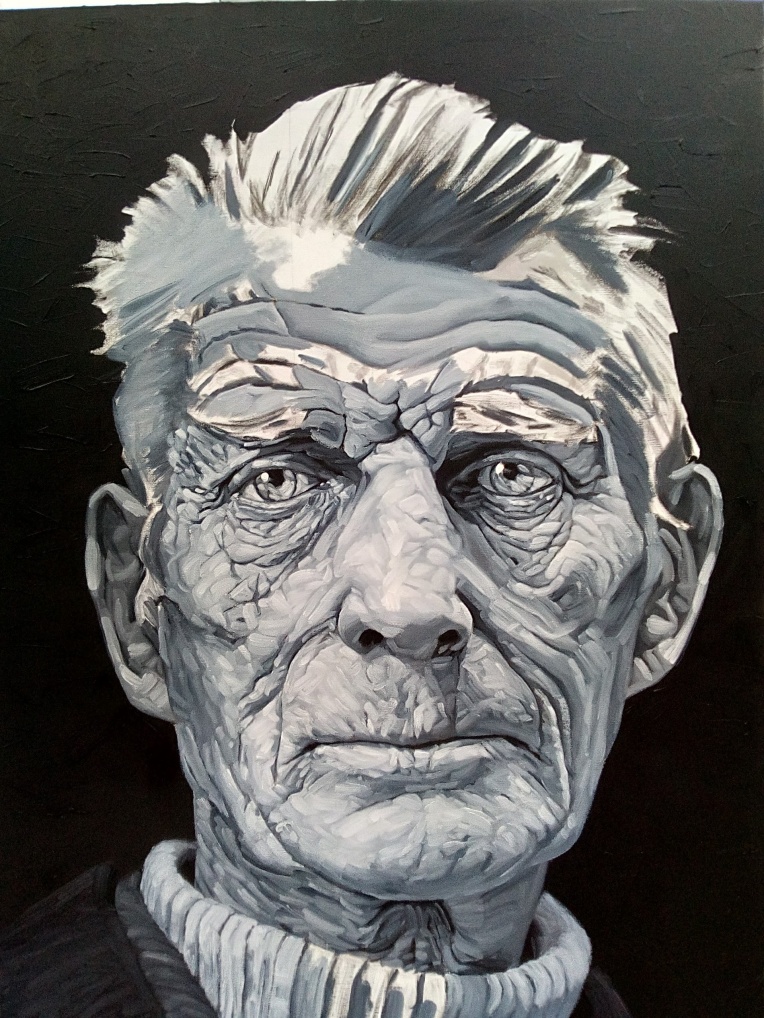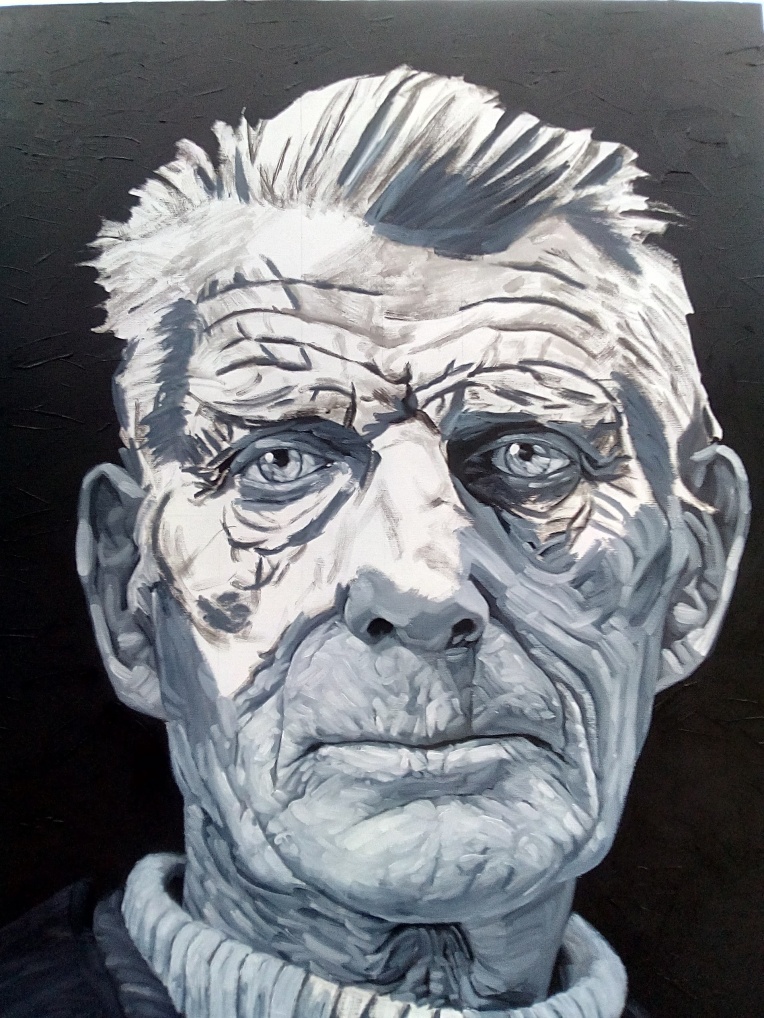Featuring today a recent, glorious & irresistible find (& subsequent purchase, thanks to the wonderful A, who came to the rescue & took the decision for me when I couldn’t quite bring myself to ‘invest’ the £20 asking price – which, of course, has proved to be an absolute bargain), from amongst the treasure trove of the second hand bookshelves at Dagfields, that, coincidentally, links nicely to the most recent entry on the Groundhog’s excellent, must-read football ground-visiting blog, a result of the author’s travels having taken him to Berlin.
The object of desire in question is the German-language publication ‘Fussballtempel’ & is a veritable cornucopia of delights, lavishly illustrated as it is with panoramic photographs of a selection of mostly German football stadia, supplemented with a few Austrian & Swiss examples.
Primarily concerned with the homes of top-level &/or historically noteworthy clubs, a number of the images are naturally of recent developments in stadium design & construction, which to my tastes don’t hold a great deal of aesthetic interest, seeming pretty much similar in their shiny new blandness, lacking that particular visual ‘atmosphere’ that defines the most attractive of the genre, most of which, therefore, are of a certain vintage (we are, of course, incorrigibly nostalgically-prone here at TOoT).
Fortunately, ‘Fussballtempel’ features many such gems, either in the form of the inclusion also of some of the predecessors of the new stadia (unfavourable comparisons between new & old, in favour of the latter, are inevitable, as the reader might imagine) or otherwise the still-current but longer-established grounds of other clubs, not least from the east which, back in the day of the separate entities of East & West Germany, was/were always much our favourite/s, in the shape of the likes of the Dynamos Berlin & Dresden, Lokomotive Leipzig, Carl Zeiss Jena, Hansa Rostock, Sachsenring Zwickau & 1FC Magdeburg to name a selection (all of whom we have collected lapel badges of the crests of, as featured on the original TOoT over 2013-14, should anyone wish to repair there to admire at their leisure).
One particularly notable feature of a number these older German grounds is the striking and individual form of the floodlight pylons, stunning pieces of architectural design & obviously a real signifier within the context of the towns/cities in which the stadia reside. Delight also in the examples of grandstand roof design and the environmental details beyond the immediate confines of the grounds, the examples of civic architecture, the wooded hillsides, the sense of space & of them existing within a space, the landscape, none of which, alas, are visible from inside the new stadia, enclosed as they all are. Enjoyable also is the fact that each of the grounds is pictured whilst a match is actually in progress, bringing them to proper life &, related to this, other details such as those of the crowds of spectators, the very sparseness of some within stadia of obviously significant capacity.
All in all, it’s a fabulous book, to be pored over at leisure & treasured as a part of the ever-burgeoning library.
Here’s a selection of favourite images…
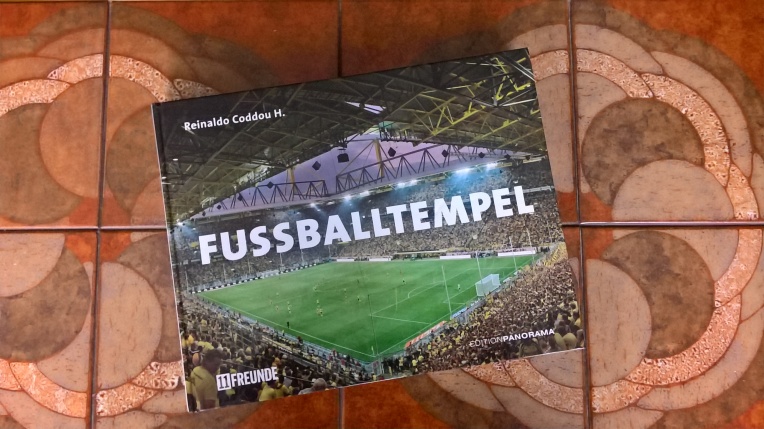
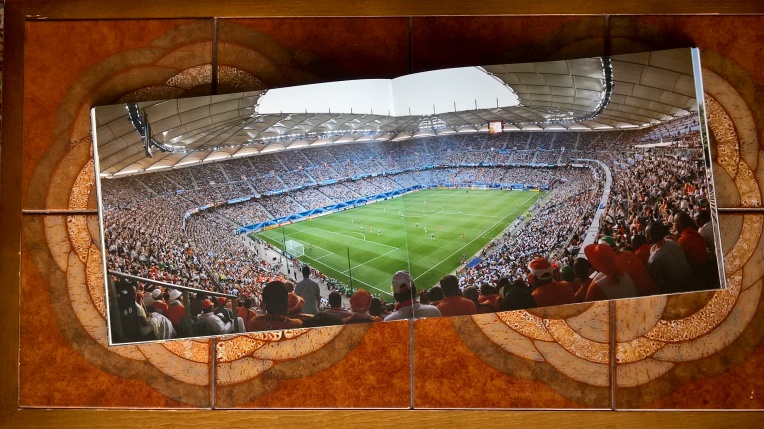
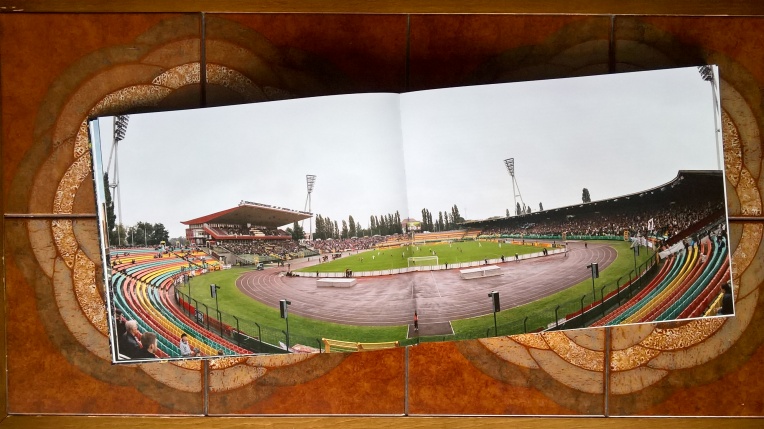
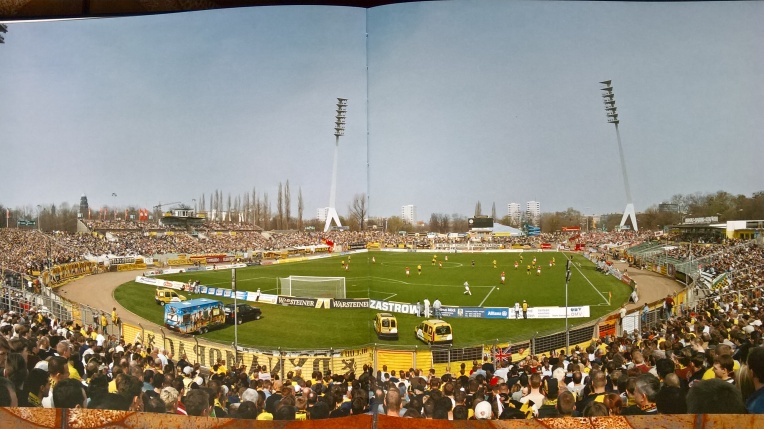

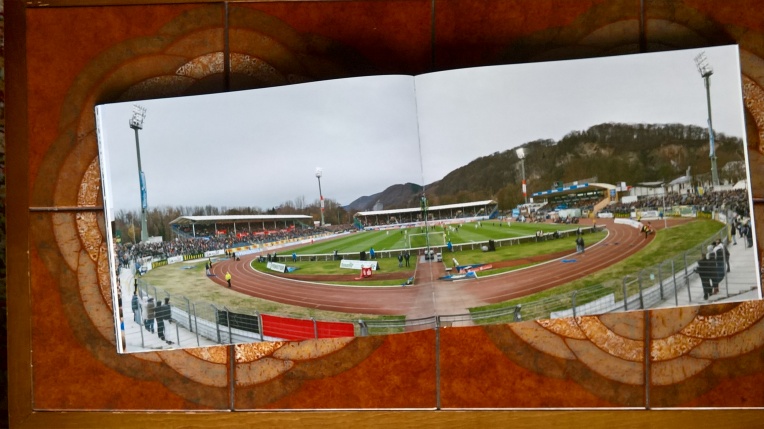
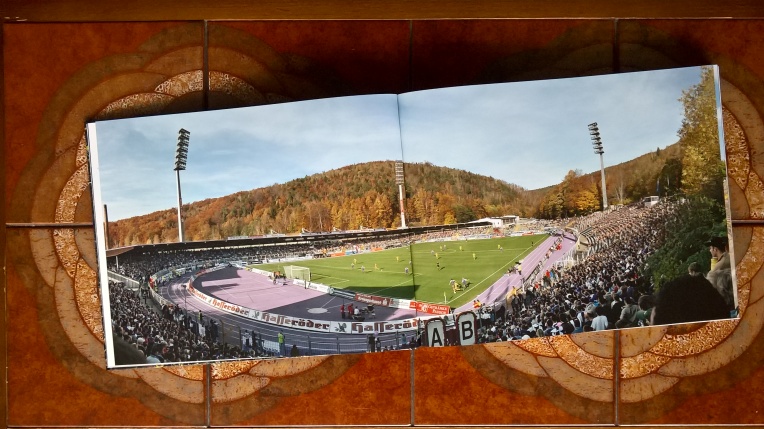
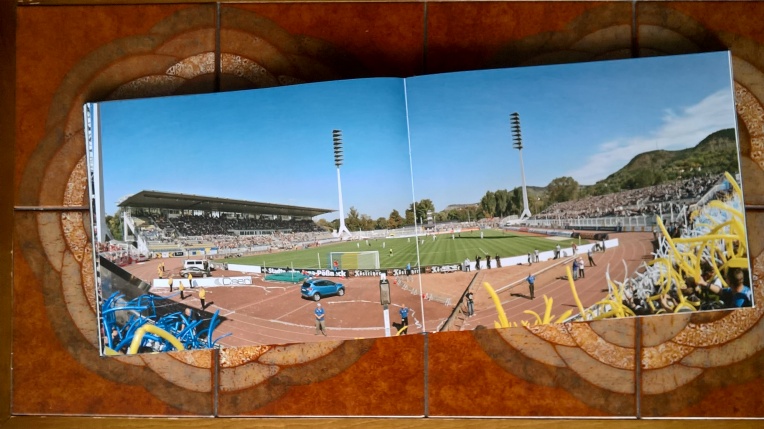
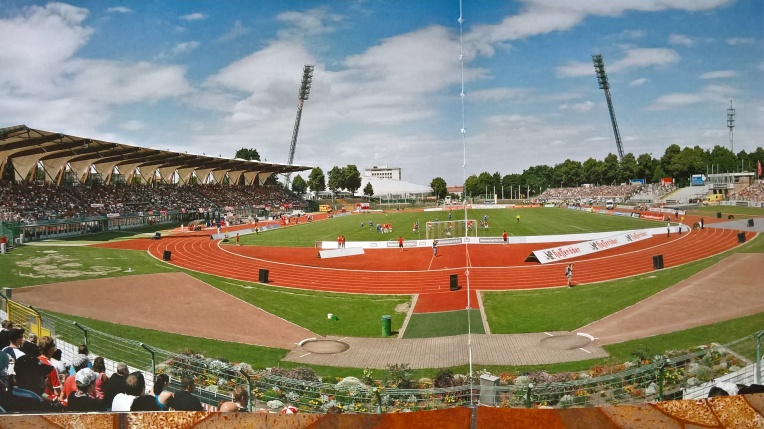
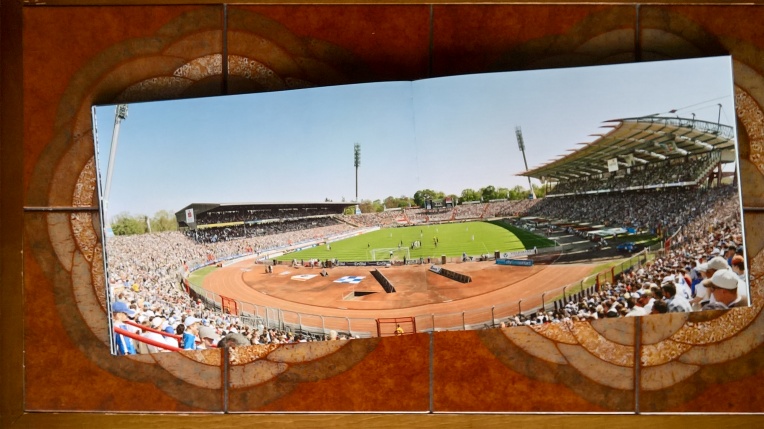
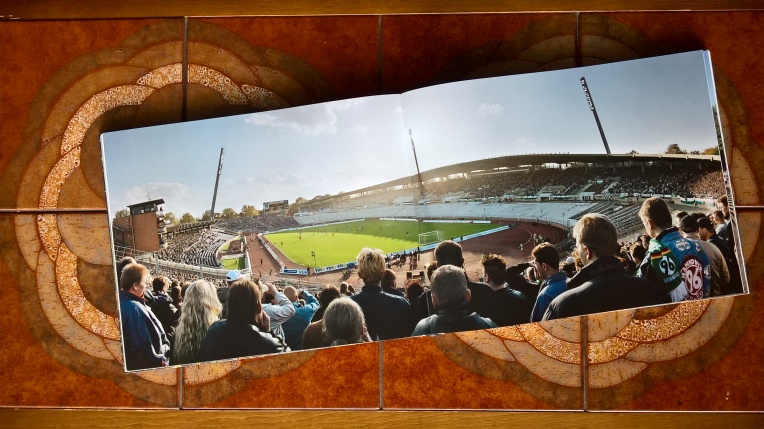
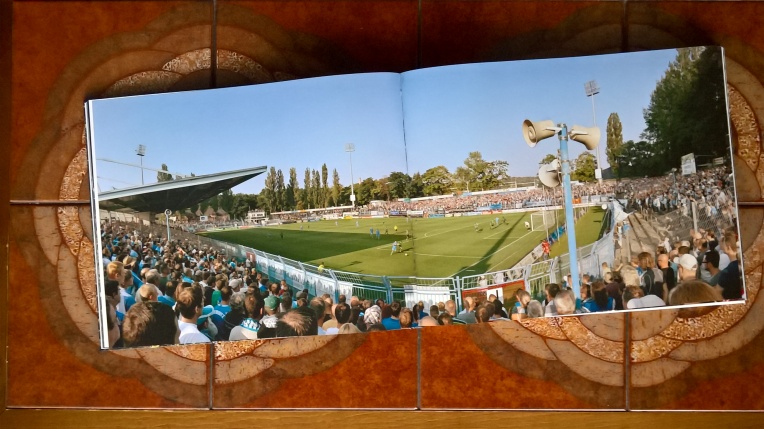
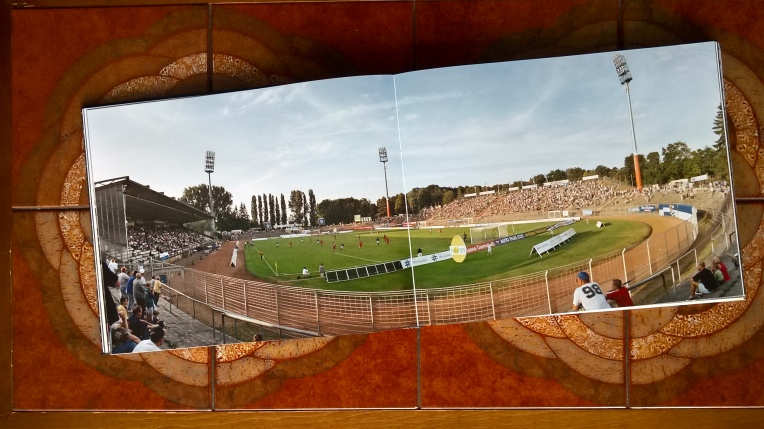
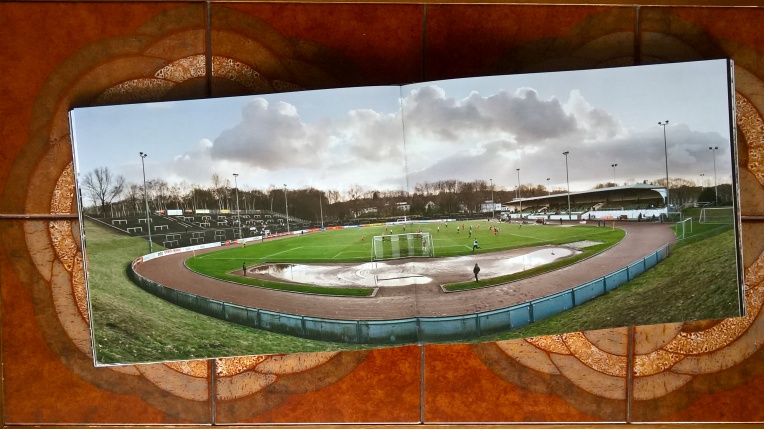
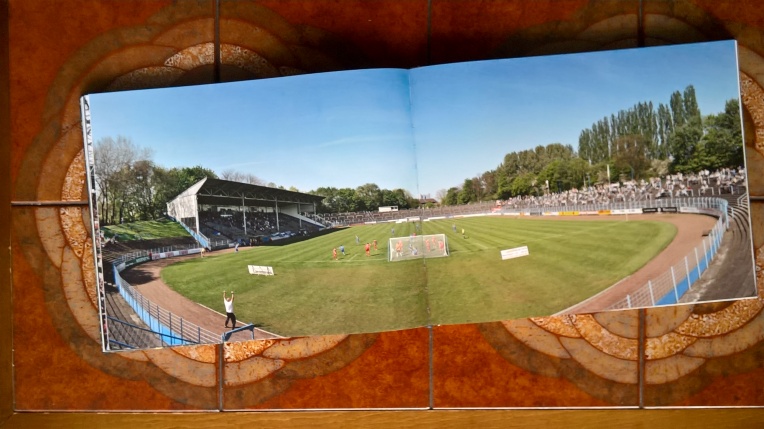
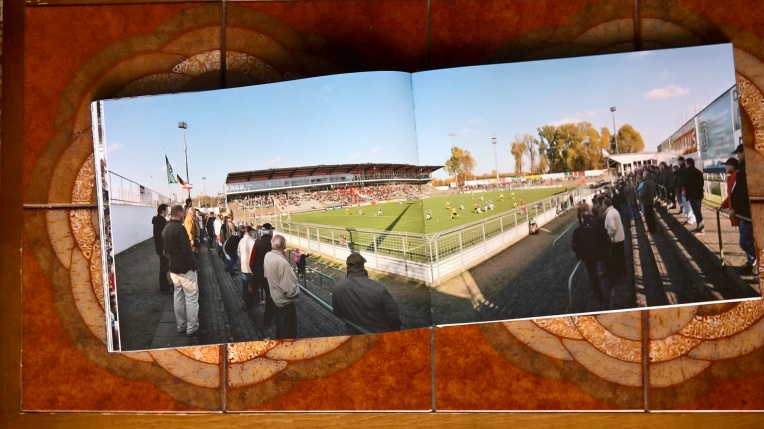

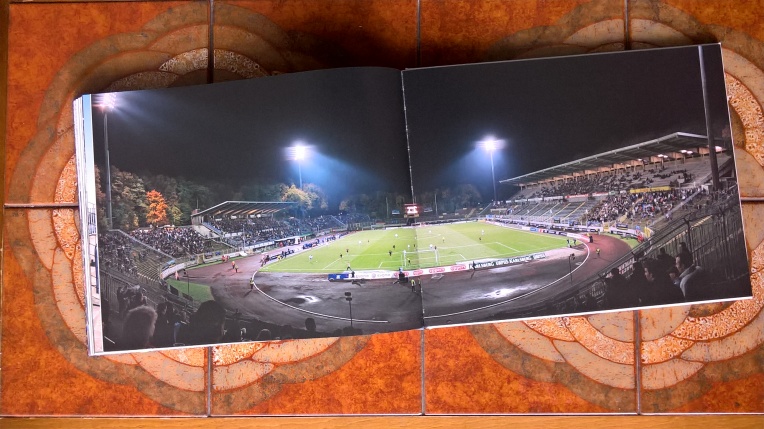
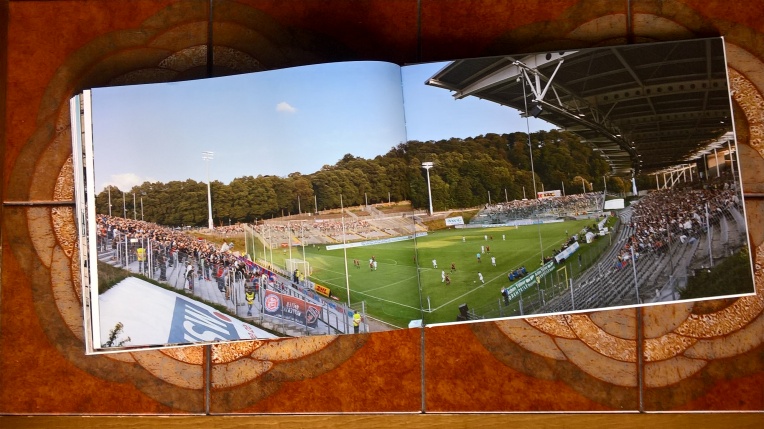
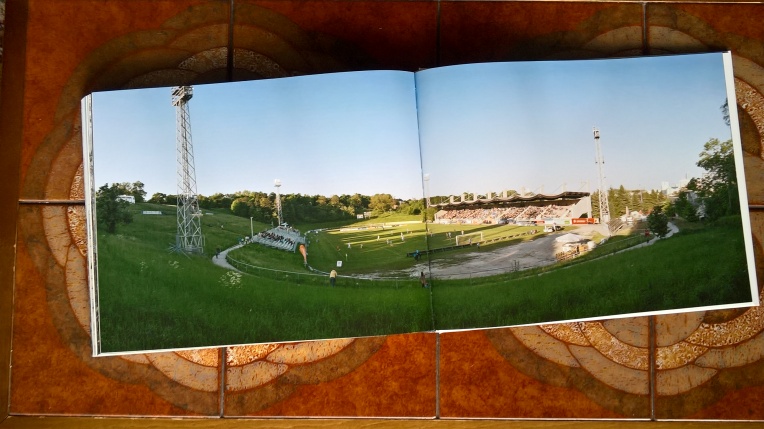
N.B. The tile-topped coffee table, an item of furniture long desired for the household, upon which the book has been photographed was another of our Dagfields finds & essential purchases that day.
